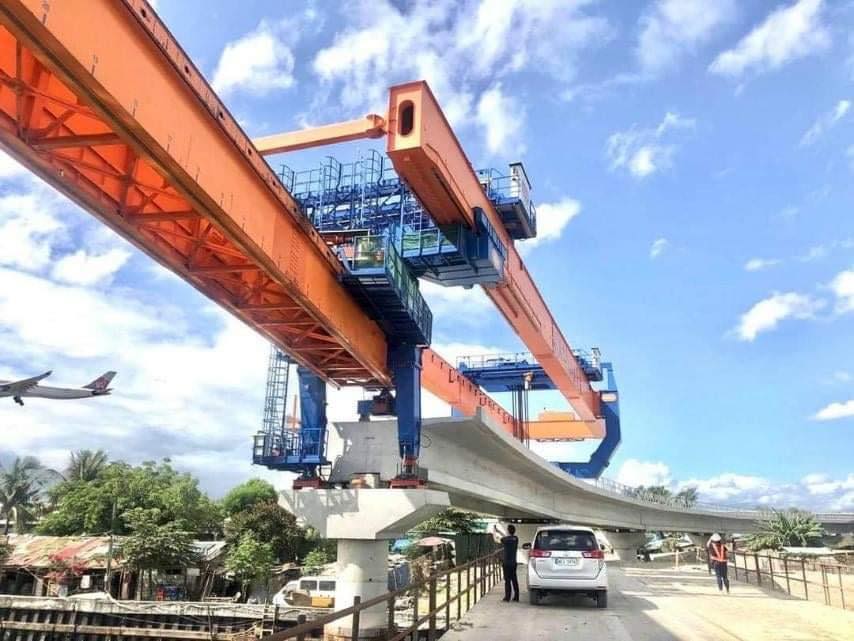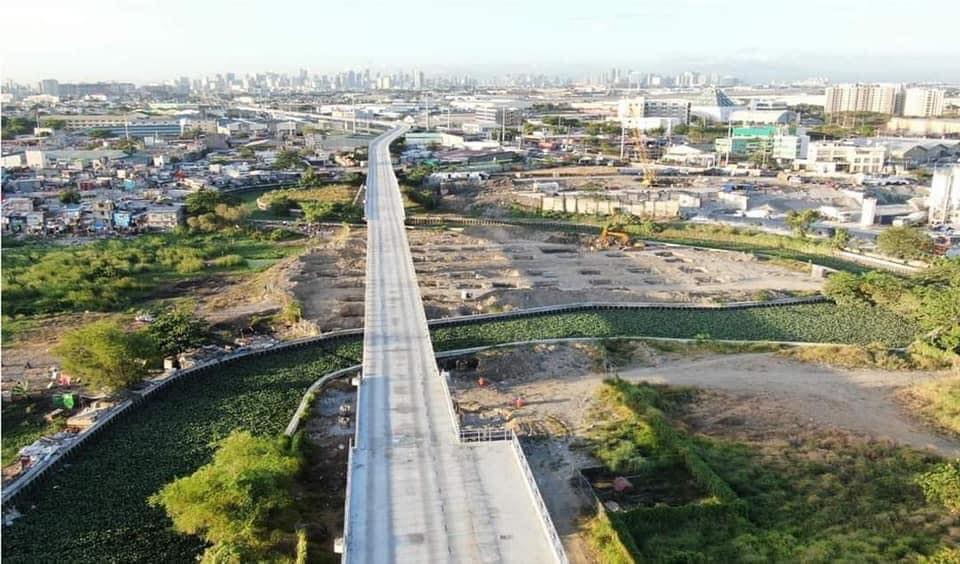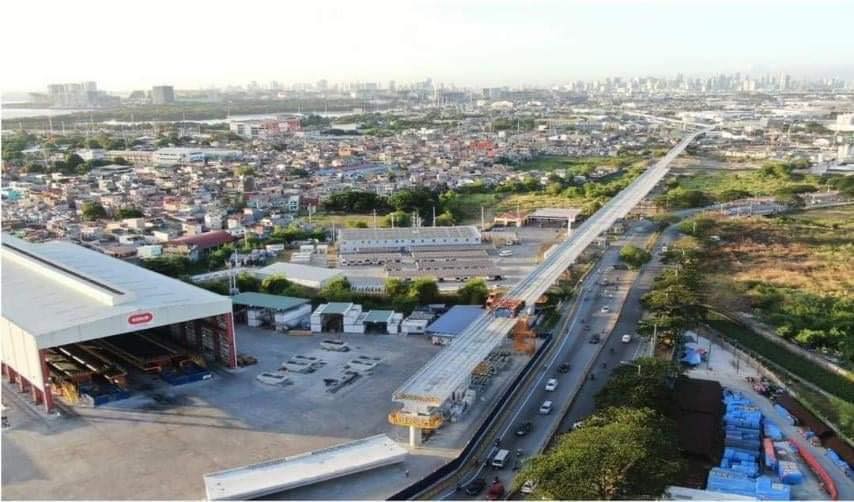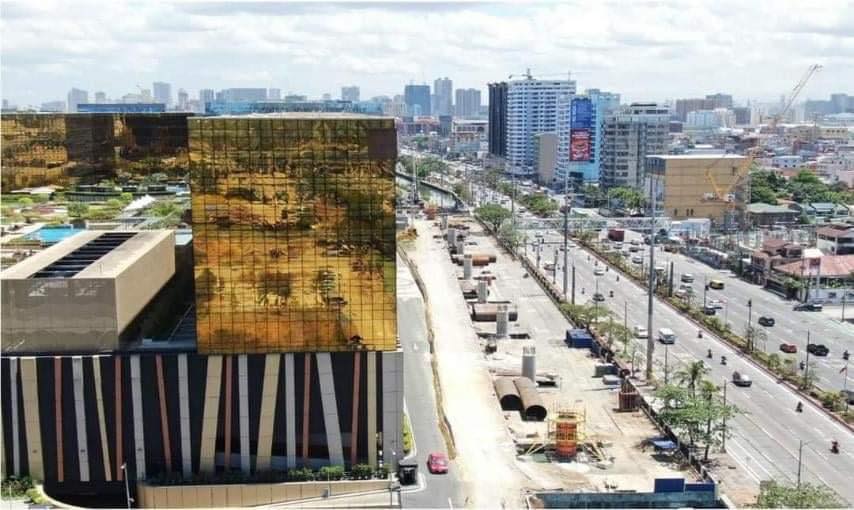CAVITE – The 64.9-billion-peso LRT-1 Cavite Extension, which connects Baclaran and Bacoor City, now has a 57 percent overall progress rate as of June 30, the Department of Transportation (DOTr) announced on Tuesday.
This almost 11-kilometer rail line extension is expected to cut travel time from 70 minutes to 25 minutes and increase passenger capacity from 500,000 to 800,000 per day.
This project, which has been delayed for two decades, includes eight more stations from Baclaran, bringing the total number of LRT-1 stops to 28.
The additional stations will be located at Redemptorist, MIA, Asiaworld, Ninoy Aquino, Dr. Santos, Las Piñas, Zapote, and Niog.
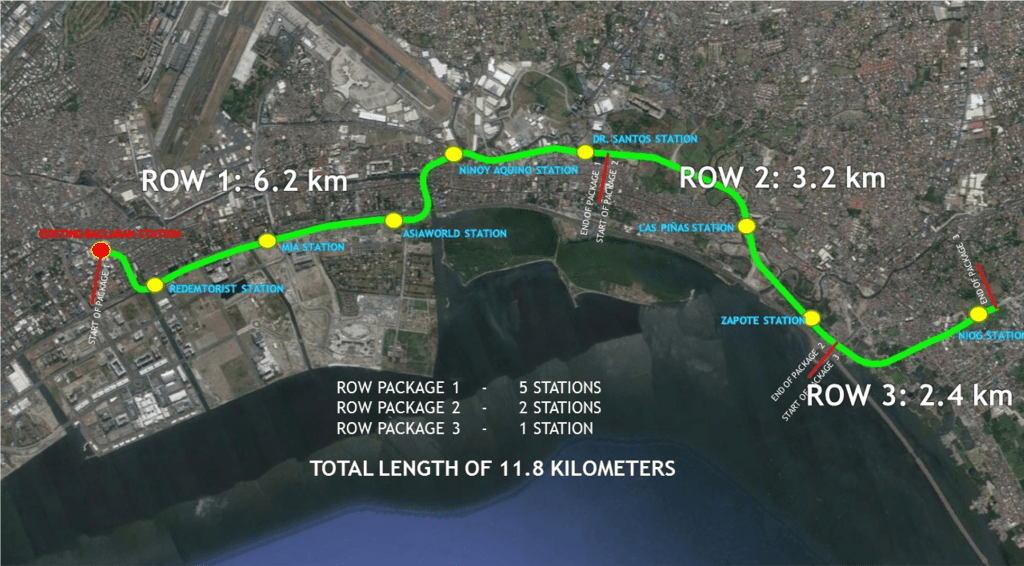
DOTr Secretary Arthur Tugade said the project generated more than 1,600 jobs during its construction phase.
“We expect more job opportunities for the Filipino people once it becomes operational,” Tugade said.
LRT-1 Cavite Extension Timeline
On August 25, 2000, the National Economic and Development Authority (NEDA) Investment Coordination Committee gave its approval to the LRT-1 Cavite Extension, and was later on approved by the board on January 22, 2002.
Right of Way (ROW) acquisition began in 2007, with Congress allocating funds for the project.
According to DOTr, the ROW acquisition for Phase 1 should have been completed in April 2015, Phase 2 in August 2015, and Phase 3 in March 2016 based on the project’s fourth attempt and its third NEDA Board approval in 2013.
However, in July 2016, zero percent of the ROW was certified as “free and clear” by the project’s independent consultant.
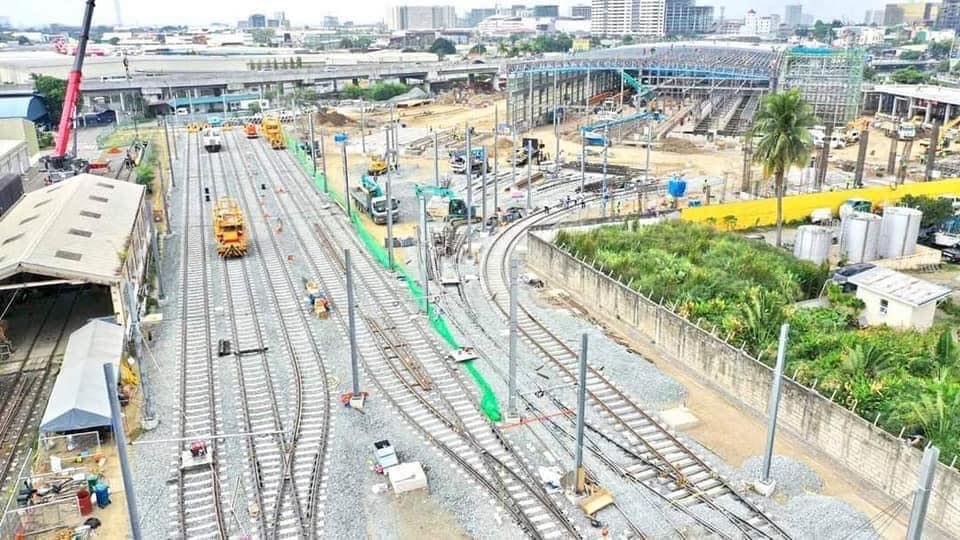
Hence, the transportation department, in collaboration with the Light Rail Transit Authority and the Light Rail Manila Corporation, marked the start of construction of the LRT-1 Cavite Extension on May 7, 2019 after expediting the acquisition of the ROW for Phase 1.
The LRT-1 Cavite Extension is expected to begin partial operations by the end of 2021.





